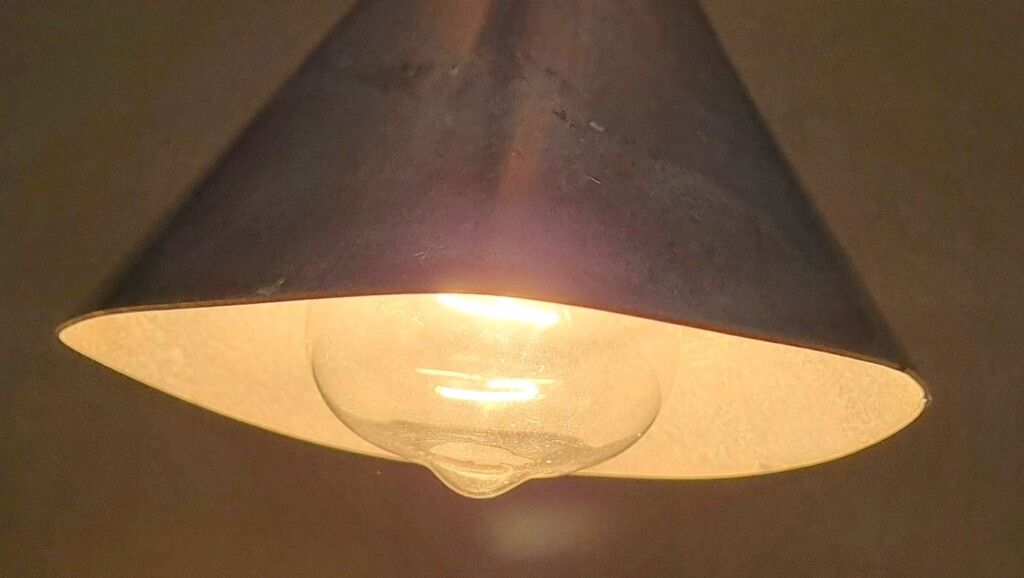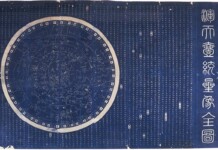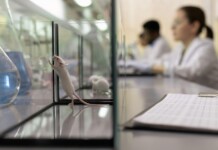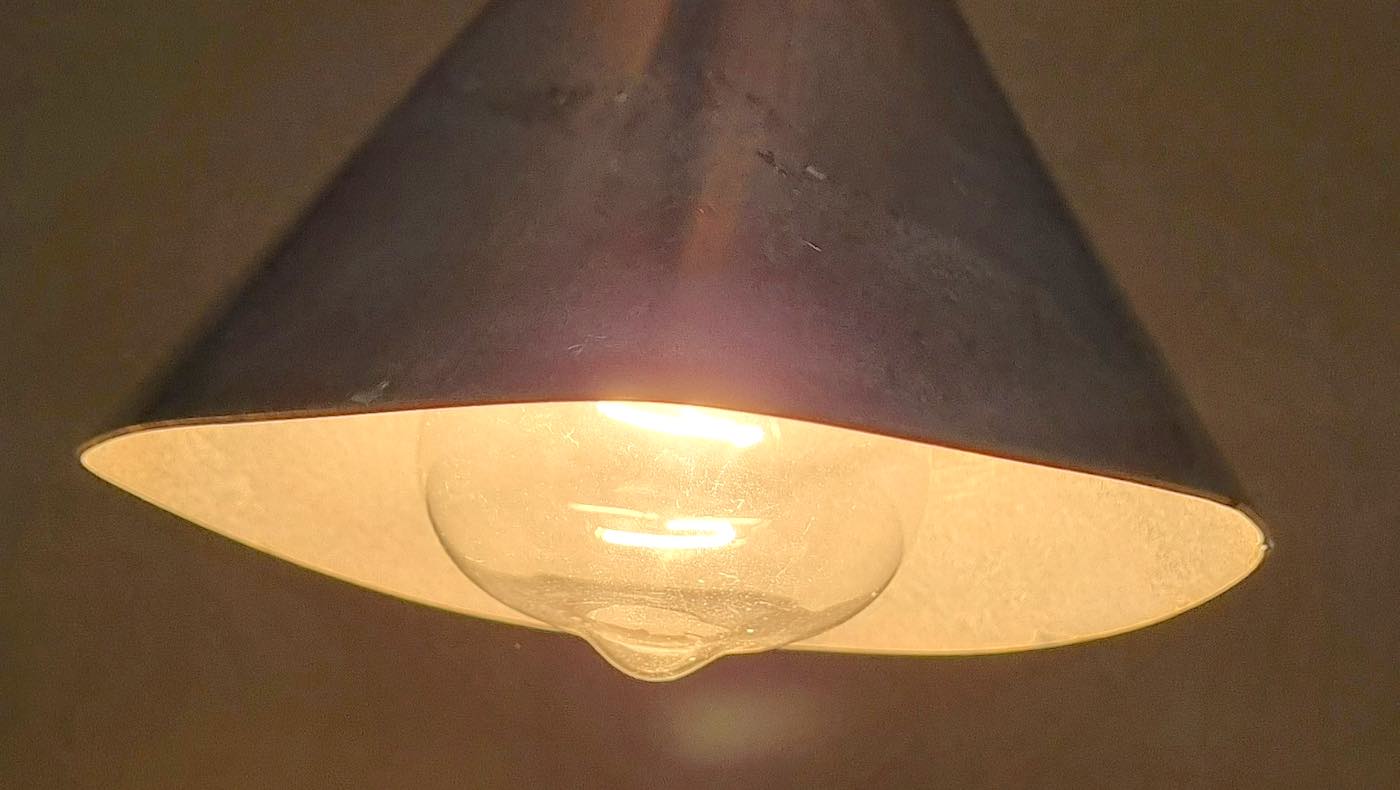
People often recommend putting plants in an office to reduce indoor air pollution, but not everyone has the green thumb for the job. Instead, what if we could simply use existing office furnishings?
Lampshades developed by scientists in South Korea and which work with both halogen and incandescent light bulbs, actually clean the air of pollutants, and the research team is extending the technology so it will also be compatible with LEDs.
Project principal investigator Doctor Hyoung-il Kim says the lampshades target volatile organic compounds (VOCs), which account for most indoor airborne pollutants.
The compounds include acetaldehyde and formaldehyde and are released by paints, cleaners, air fresheners, plastics, furniture, cooking, and other sources. These compounds can continuously radiate from their source for weeks, even months after their initial application.
“Although the concentration of VOCs in a home or office is low, people spend more than 90 percent of their time indoors, so the exposure adds up over time,” Dr. Kim from Yonsei University, South Korea said.
Conventional methods to remove VOCs from indoor air rely on activated carbon or other types of filters, which have to be replaced periodically. Other devices have been developed that break down VOCs with the help of thermocatalysts activated by high temperatures or with photocatalysts, which respond to light.
But Dr. Kim noted that most of those units need a separate heater or an ultraviolet (UV) light source, which can produce unwanted byproducts.
His team wanted to take a simpler approach that would only require a visible light source that also produces heat—such as a halogen or incandescent bulb—and a lampshade coated with a thermocatalyst.
Dr. Kim says halogen bulbs convert only 10% of the power they use into light, with the other 90% being transformed into heat while incandescent bulbs emit just 5% light and 95% heat.
MORE CLEVER INVENTIONS: One Cat’s Obsession With Hunting Birds Leads to Invention That Has Saved Hundreds of Thousands
“That heat is typically wasted, but we decided to use it to activate a thermocatalyst to decompose VOCs,” said Dr. Kim.
The team synthesized thermocatalysts made of titanium dioxide and a small amount of platinum. They coated the inside of an aluminum lampshade with the catalyst and placed the shade over a 100-watt halogen bulb in a test chamber containing air and acetaldehyde gas.
Turning the lamp on heated the shade to temperatures up to about 250 degrees Fahrenheit (121 Celcius)—warm enough to activate the catalysts and decompose acetaldehyde.
Dr. Kim said that during the oxidation process, the VOC was initially converted into acetic acid, then into formic acid, and finally into carbon dioxide and water.
He says both of the acids are mild, and the amount of carbon dioxide released is harmless.
The researchers also discovered that formaldehyde can be decomposed under the same conditions and that the technique works with incandescent bulbs.
MORE WAYS TO CLEAN YOUR HOME’S AIR: IKEA Has Developed a Curtain That Reduces Indoor Air Pollution
Dr. Kim’s group is now turning to less expensive substitutes for platinum. They have already shown that a new copper-based catalyst can break down VOCs and is also a disinfectant that can kill airborne microorganisms.
LEDs release too little heat to activate thermocatalysts, so Dr. Kim’s team is developing photocatalysts that are stimulated by the near-UV light emitted by LEDs, as well as other catalysts that transform part of the LEDs’ visible light output into heat.
SHARE This Novel Invention With Your Friends




















